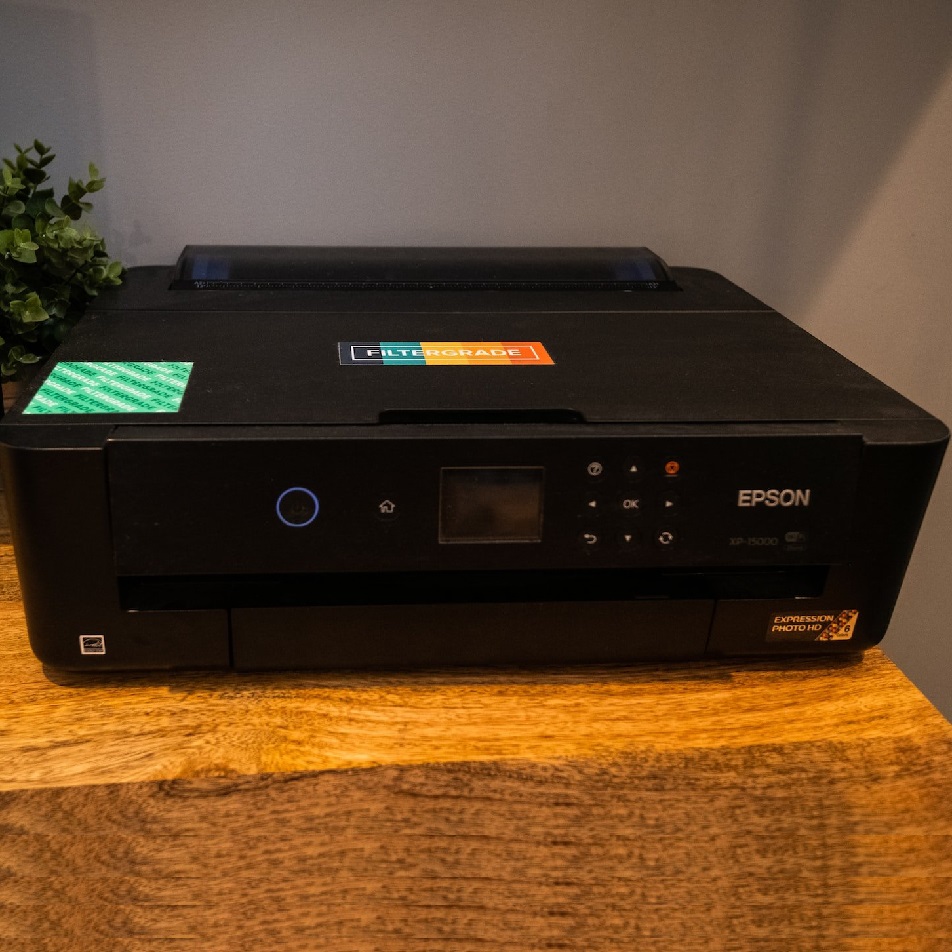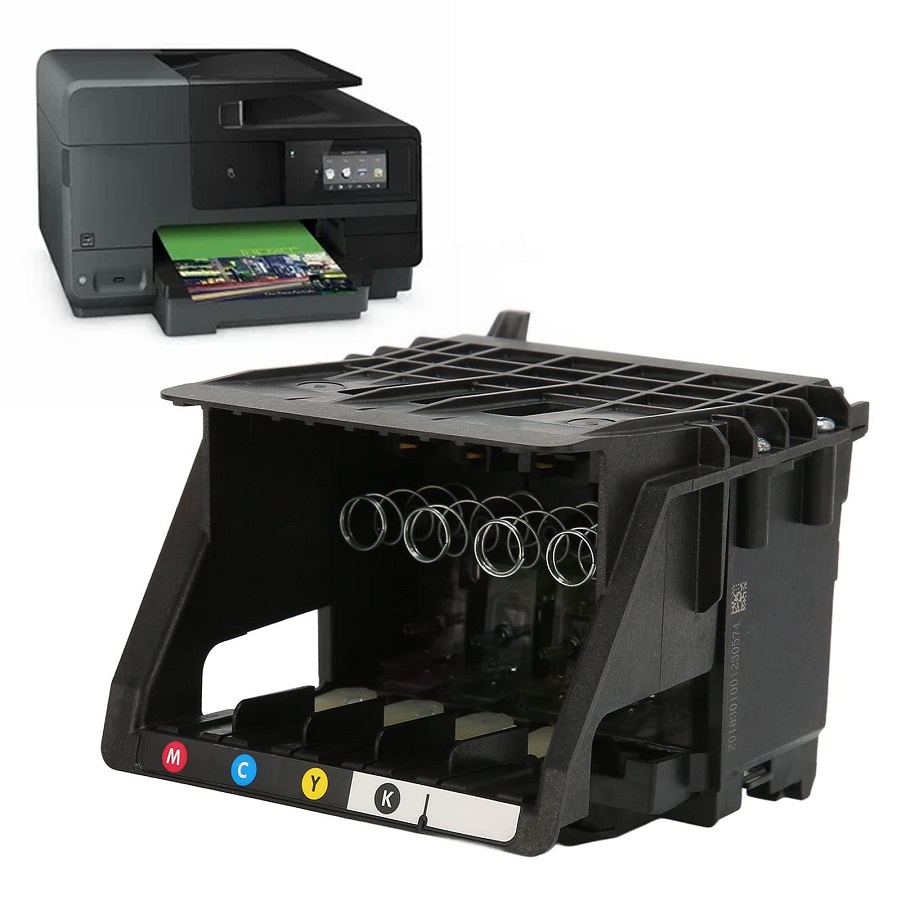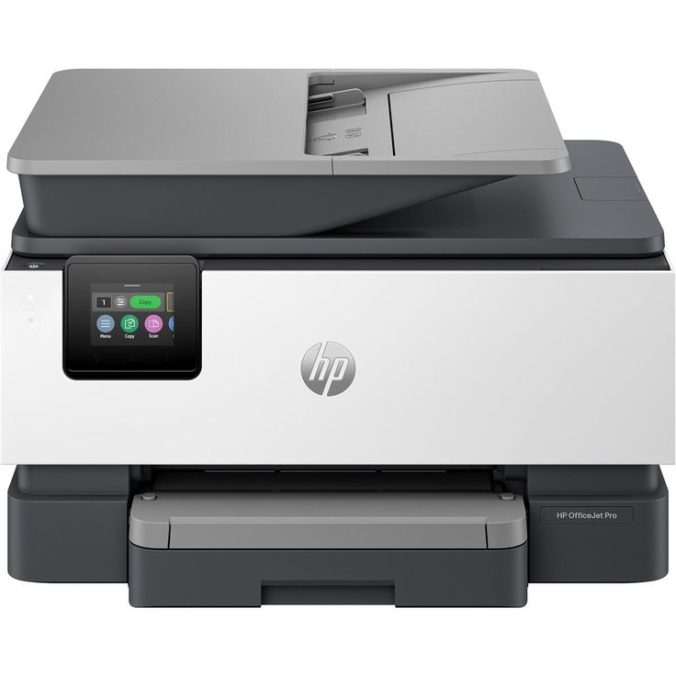Introduction to Printing from Android Devices
Printing from an Android device has become increasingly common. As mobile technology progresses, the ability to print documents and photos directly from smartphones and tablets offers tremendous convenience. This guide will help you understand how to add printer to Android, ensuring you can start printing with minimal hassle.
Printing from Android involves several steps, including choosing the right printer and setting up the connection. Compatibility between your device and the printer is crucial. There are different types of printers that work with Android, such as USB-connected printers, Wi-Fi-enabled printers, and Bluetooth printers. Each type requires specific steps to connect successfully.
Before diving into the technical aspects, it is important to know why you might want to print from Android. Whether it’s for printing out an e-ticket, a photograph, or a document from your email, knowing how to connect your Android device to a printer is beneficial. By learning these steps, you can make printing as easy as a few taps on your screen.

Types of Printers Compatible with Android
Choosing the right printer to add to your Android device is crucial. There are three main types that are compatible with Android devices. Each type functions differently and fits specific needs.
USB-connected Printers
USB-connected printers are straightforward to use. You simply connect the printer to your Android device using a USB cable. Before initiating, make sure your printer and Android phone support USB connections. This type is ideal for quick and direct printing tasks.
Wi-Fi-enabled Printers
Wi-Fi-enabled printers offer the convenience of wireless printing. You need to connect your Android device and the printer to the same Wi-Fi network. This setup lets you print from anywhere within the network range. It’s perfect for home or office settings with multiple users.
Bluetooth Printers
Bluetooth printers are another wireless option. Pair your Android device directly with the printer via Bluetooth. Ensure both the devices have Bluetooth turned on and are discoverable. This type is suitable for small-scale or personal printing needs.
Each type of printer has its own setup requirements, which will be explored in following sections. Understanding these categories will help you add the right printer to your Android.
Preparing Your Android Device for Printer Connection
Before you add a printer to your Android device, preparation is key. First, ensure your device is up to date. Check for Android updates and install them. This step keeps compatibility issues at a minimum. Next, charge your device. A full battery will avoid interruptions during the setup process.
Make sure you have the necessary apps. For USB printers, your phone’s built-in printing service should suffice. For Wi-Fi or Bluetooth printers, the printer’s companion app may be needed. Download it from the Google Play Store.
Clear any existing printer setups if you face issues during the new printer addition. This fresh start can often resolve unexpected problems.
Finally, gather all required items. These include USB cables for USB-connected printers, Wi-Fi network details for Wi-Fi printers, or Bluetooth pairing codes for Bluetooth printers.
By following these preparations, you’ll be ready to smoothly add your printer to your Android device and start printing with ease.

Step-by-Step Configuration for Adding a Printer
Once your Android device is prepared, you can proceed with adding a printer. A step-by-step configuration is outlined below for different types of printers.
Connecting a USB Printer
Connecting a USB printer is quite simple. Follow these steps:
- Connect the USB cable to your printer and Android device.
- A notification may appear on your device. Tap it.
- Select ‘Print’ from the options.
- Choose your printer from the list, if prompted.
- Print a test page to ensure the connection works.
Setting Up a Wi-Fi Printer
For Wi-Fi printers, ensure your printer and device are on the same network:
- Open the ‘Settings’ app on your Android device.
- Tap on ‘Connections’ or ‘Wi-Fi’.
- Connect to the same Wi-Fi network as your printer.
- Open the printing app or service on your device.
- Look for the ‘Add printer’ to android option and select your printer from the list.
- Follow the on-screen instructions to complete the setup.
- Print a test page to confirm successful connection.
Pairing with a Bluetooth Printer
To pair with a Bluetooth printer, do the following:
- Enable Bluetooth on your Android device and printer.
- On your device, go to ‘Settings’, then ‘Bluetooth’.
- Find your printer in the list of available devices.
- Tap your printer to pair with it.
- Once paired, use your printing app to select the printer.
- Print a test page to check the connection.
These are standard steps that generally apply to adding a printer to Android. However, consult your printer’s manual for specific instructions. By following these basic steps, you’ll be able to quickly and efficiently add a printer to your Android device.

Printing Documents and Photos from Android Apps
Once you have successfully added a printer to your Android device, printing documents and photos is straightforward. Most apps, like gallery for photos or a PDF reader for documents, have a built-in print function. Here’s how to use it.
- Open the app containing the document or photo you want to print.
- Access the document or photo.
- Look for the print icon, often represented by a printer symbol, and tap on it.
- A preview screen may appear, showing how the document/photo will look when printed.
- Select your connected printer from the list of available printers.
- Adjust the print settings if needed, such as the number of copies, color options, and paper size.
- Tap on ‘Print’ to send the document or photo to your printer.
- Wait for the printing process to complete.
Remember to check the paper tray and ink levels in your printer before printing to avoid errors. For most Android devices, the ‘Print’ option is found in the ‘Share’ menu of the app. This makes it convenient to print directly from your favorite apps.
By following these simple steps, you can enjoy the full benefits of mobile printing, making the digital-to-physical transition of your files seamless. Whenever you need to print an email, boarding pass, or a snapshot from your latest trip, you now have the knowledge to do so with ease using your Android device and the added printer.
Troubleshooting Common Issues During Setup
When adding a printer to your Android device, you might face some common issues. Here’s how to troubleshoot them:
- Printer Not Recognized: Ensure the printer is turned on and in ready mode. Confirm that the USB cable or the Wi-Fi/Bluetooth connection is properly set. Also, check if your Android device supports the printer.
- Connection Errors: For Wi-Fi and Bluetooth connections, ensure that both your printer and Android are connected to the same network. Restart both devices to resolve temporary connection issues.
- App Not Detecting Printer: Update the printer’s companion app and your Android’s operating system. Sometimes, outdated software causes detection problems.
- Unable to Print: Check if the printer has enough paper and ink. Also, make sure the correct printer is selected in your printing app.
- Error Messages: Refer to your printer’s manual or online support for specific error codes. Resetting the printer can sometimes clear the error.
By following these troubleshooting steps, you can resolve the most common setup issues encountered when adding a printer to Android.
Future Trends in Mobile Printing Technology
Mobile printing technology is evolving rapidly. The future holds exciting developments as demands increase for easy, efficient printing from mobile devices. Here are some emerging trends:
- Cloud-Based Printing Solutions: More printers are integrating with cloud services. This allows users to print from anywhere, as long as they have internet access. Also, cloud storage means you can print without having your device handy.
- Advanced Security Features: As printing goes mobile, security becomes crucial. Future printers will feature enhanced security protocols to protect sensitive data. This includes encrypted connections and secure cloud access.
- Improved Compatibility and Integration: Expect to see broader compatibility with various mobile operating systems and apps. Future mobile printers will integrate more seamlessly with Android and other platforms.
- Eco-Friendly Printing: Sustainability is key. Future mobile printing solutions will focus on reducing waste. This includes using less ink and paper and offering more recycling options.
- Portable Printing Advances: Mobile printers are getting smaller and more efficient. Soon, they might be as common as mobile phones. Handy and lightweight, these printers will cater to professionals on the go.
- Voice-Activated Printing: With the rise of smart home assistants, voice commands for mobile printers are on the horizon. Saying ‘print my document’ could be enough to start a print job.
These trends aim to make mobile printing more accessible, secure, and environmentally friendly. They focus on enhancing the user experience, providing greater flexibility and integration with mobile technology.












